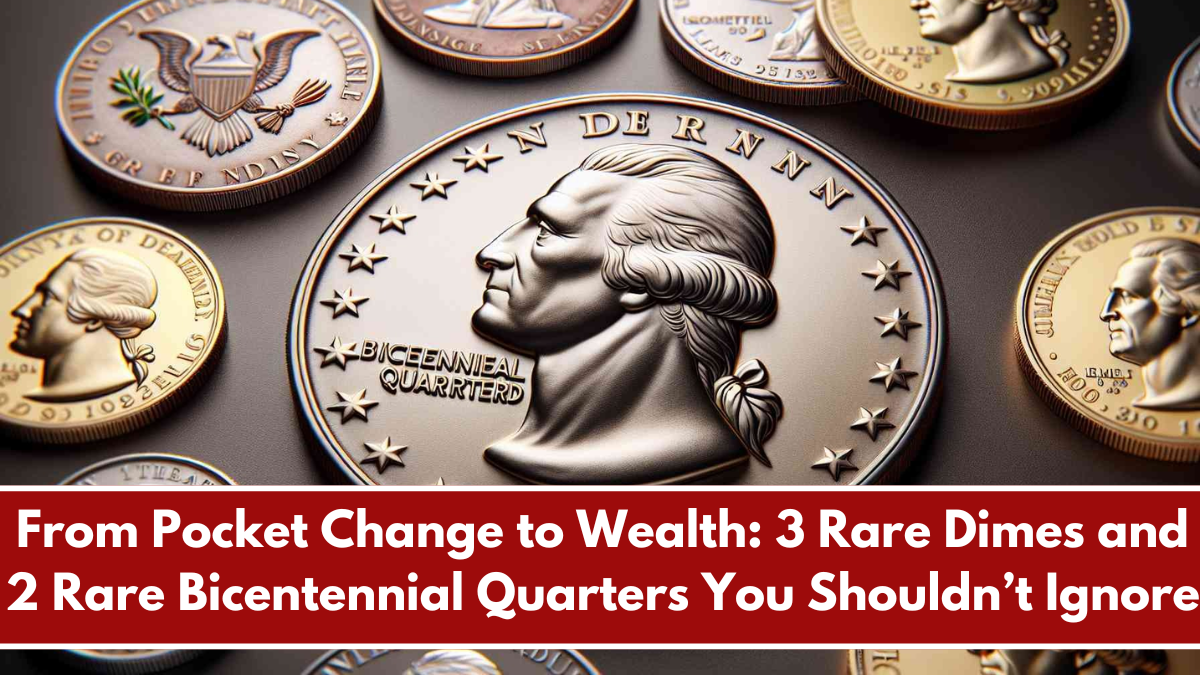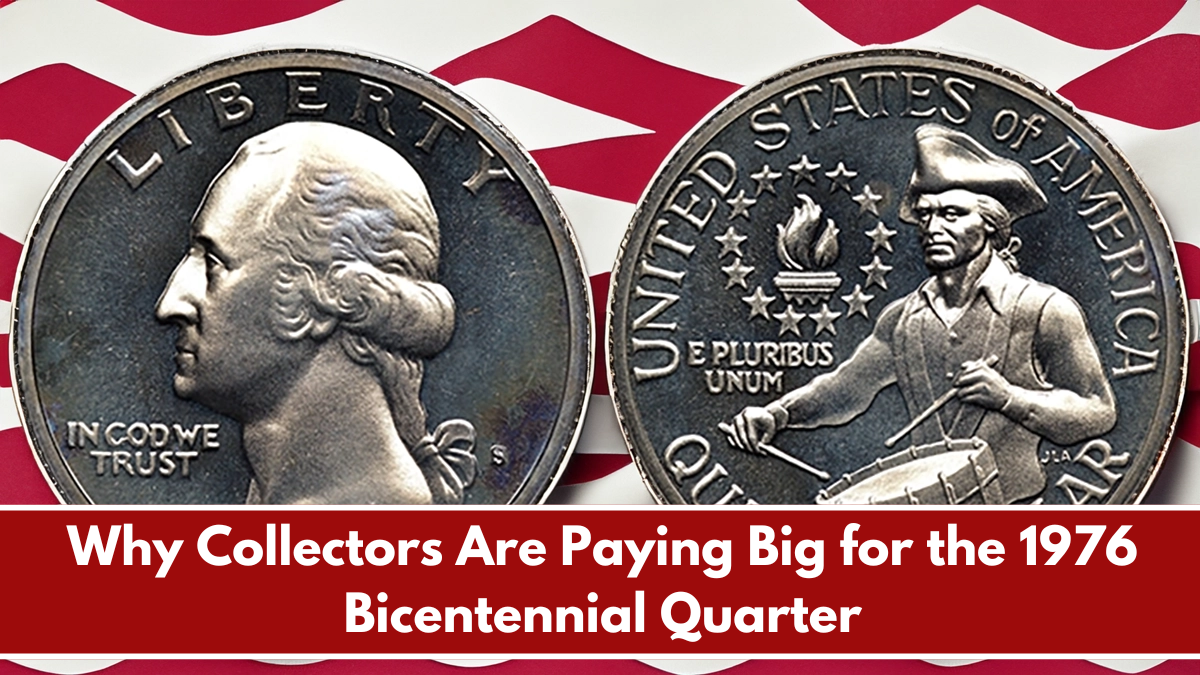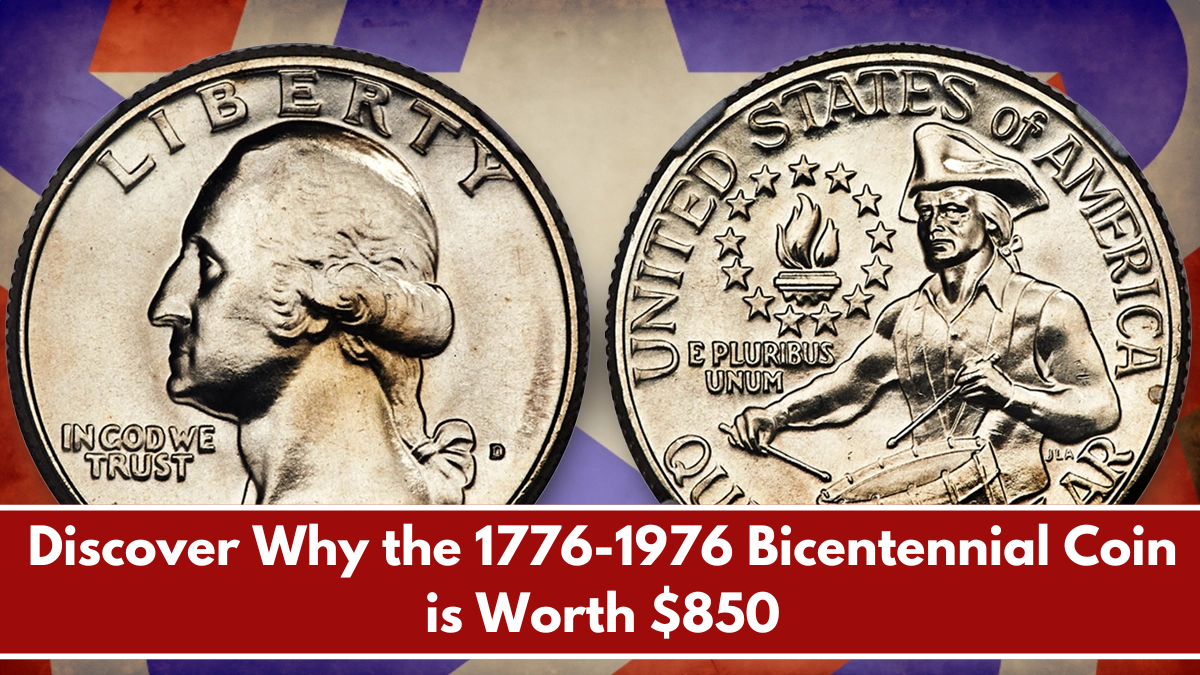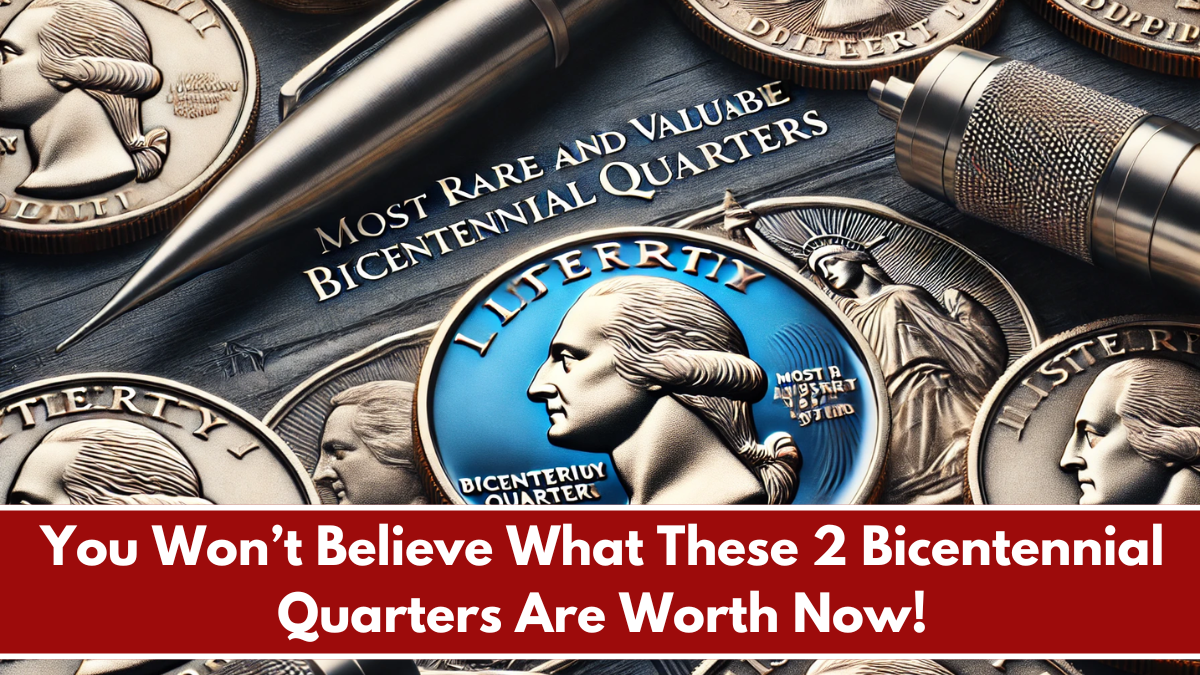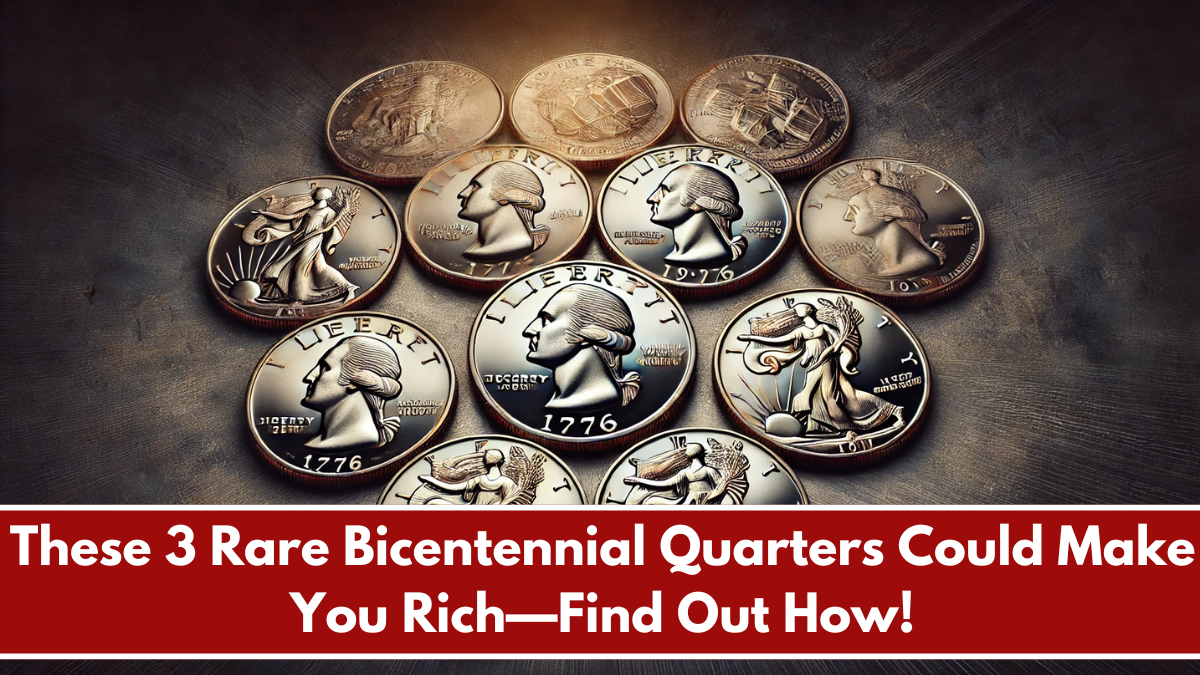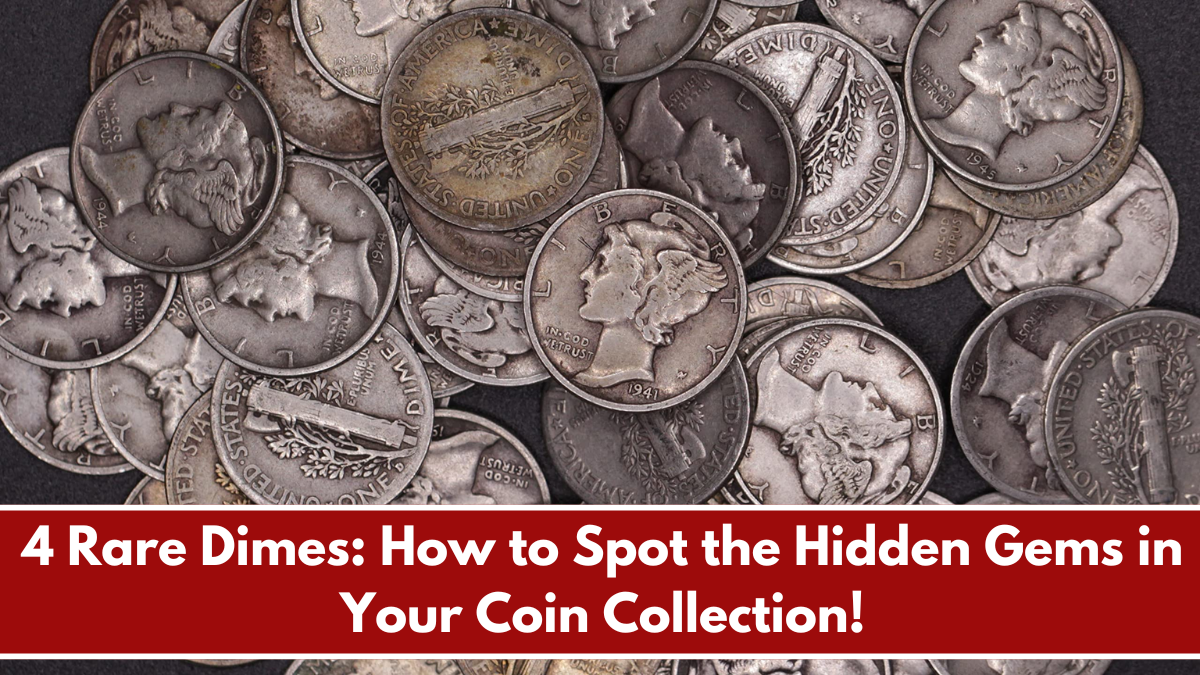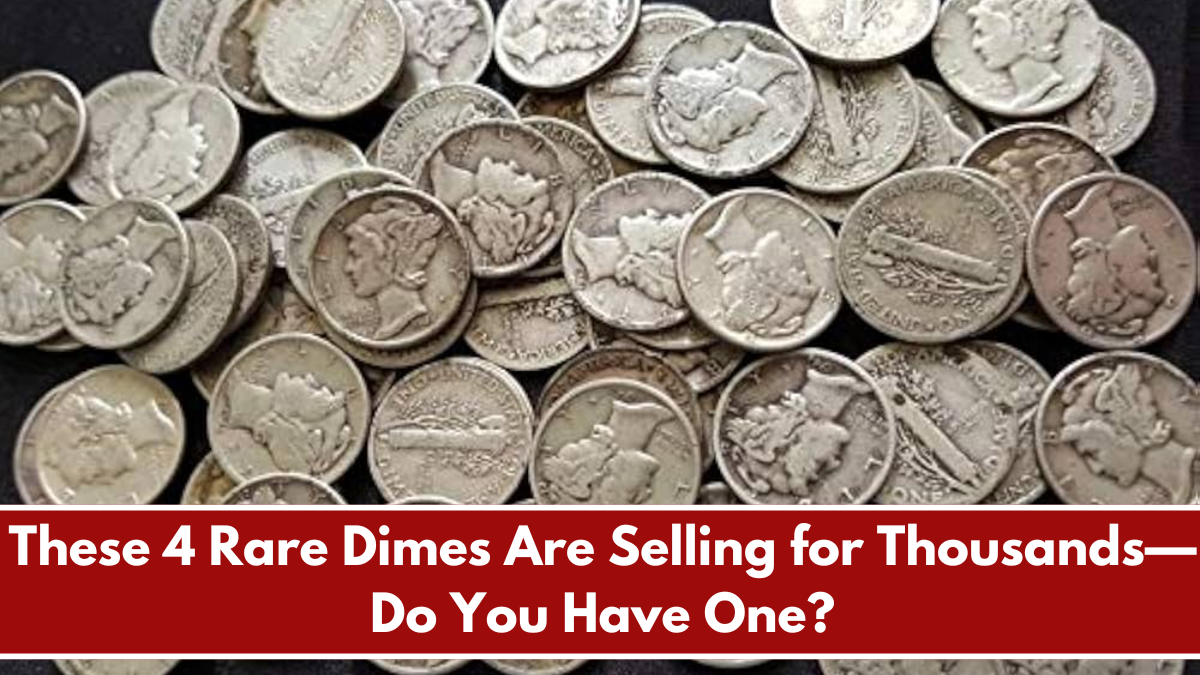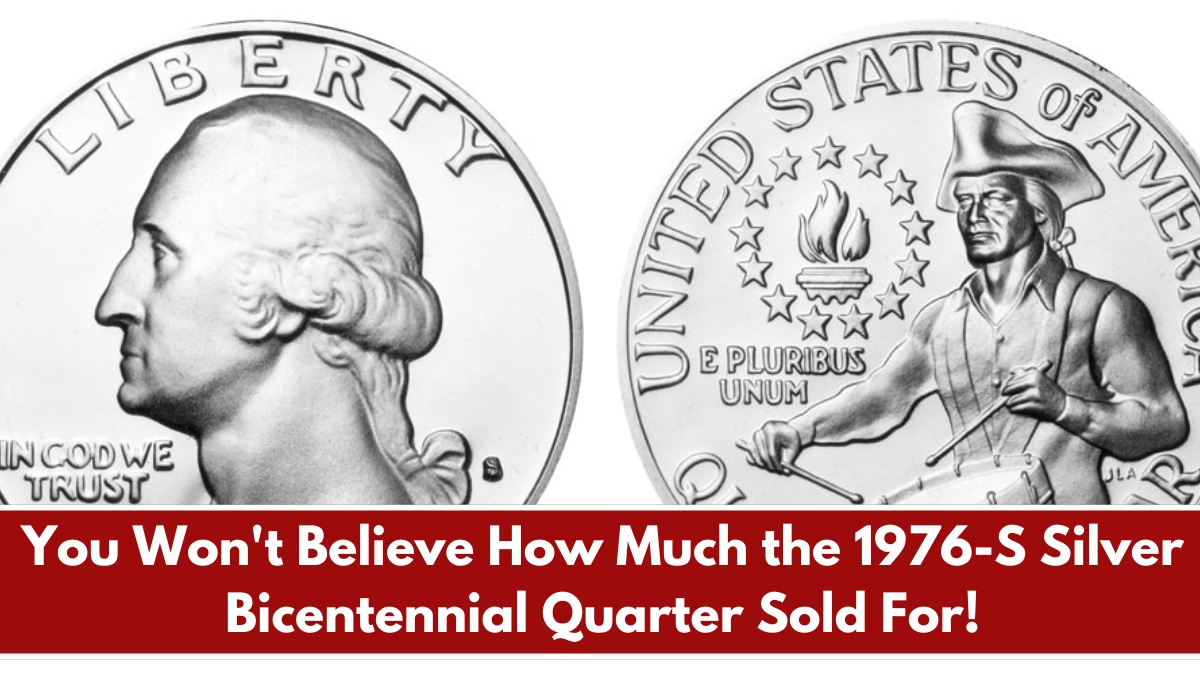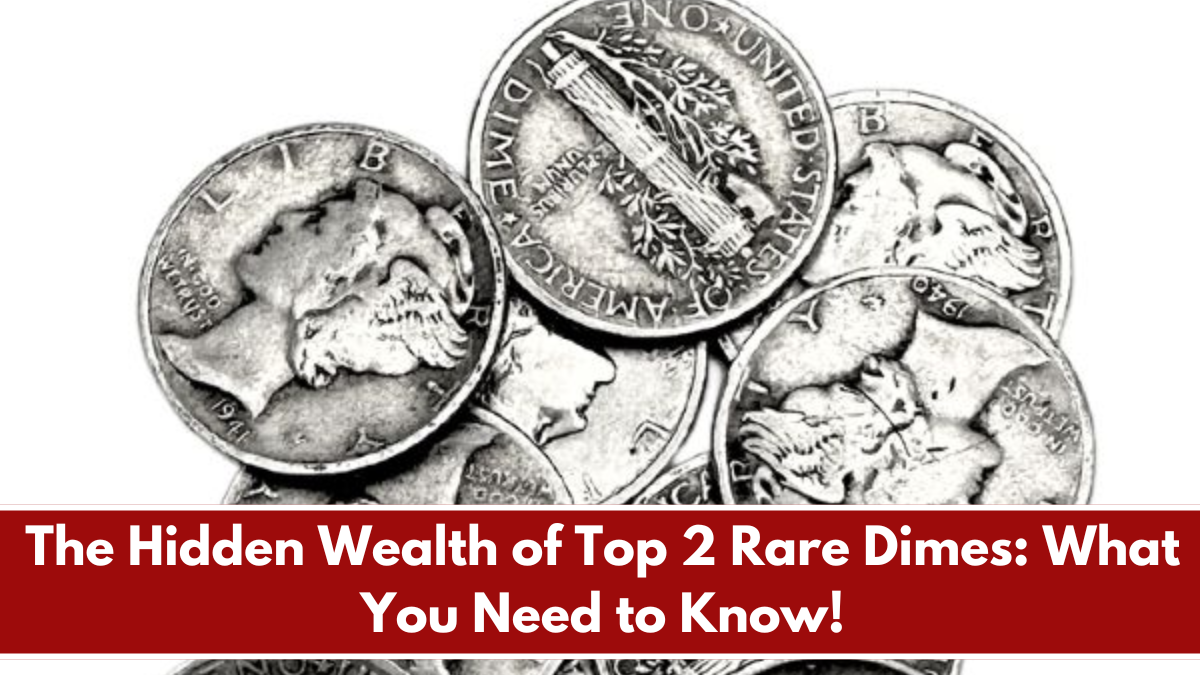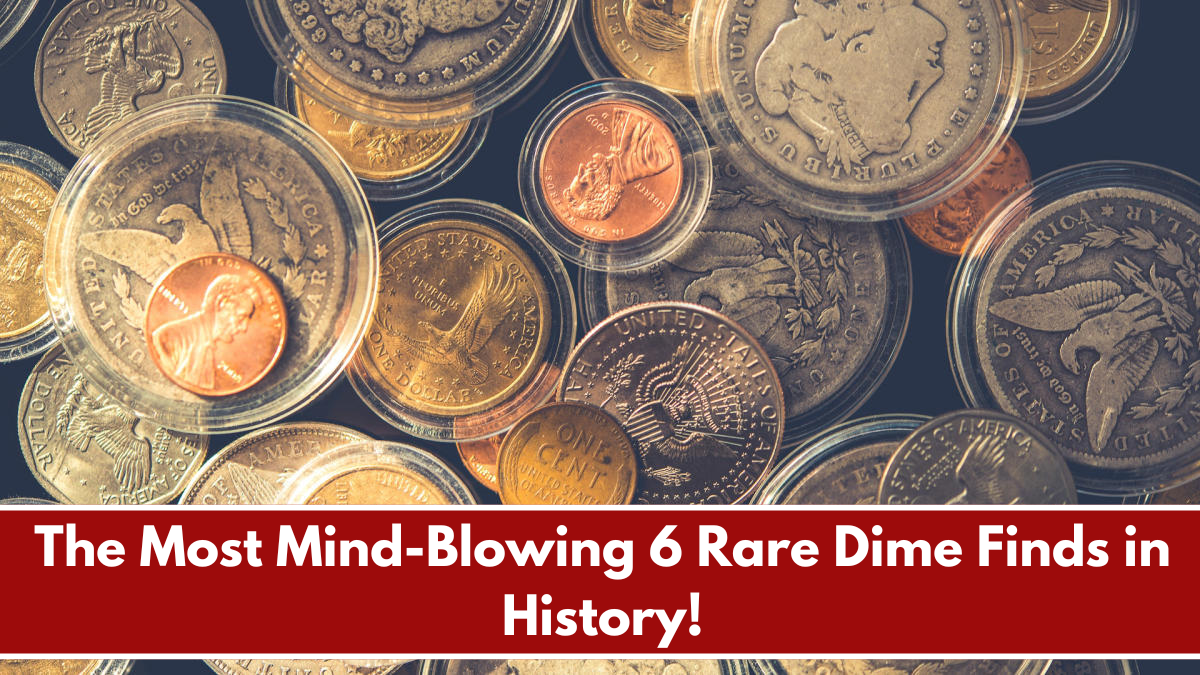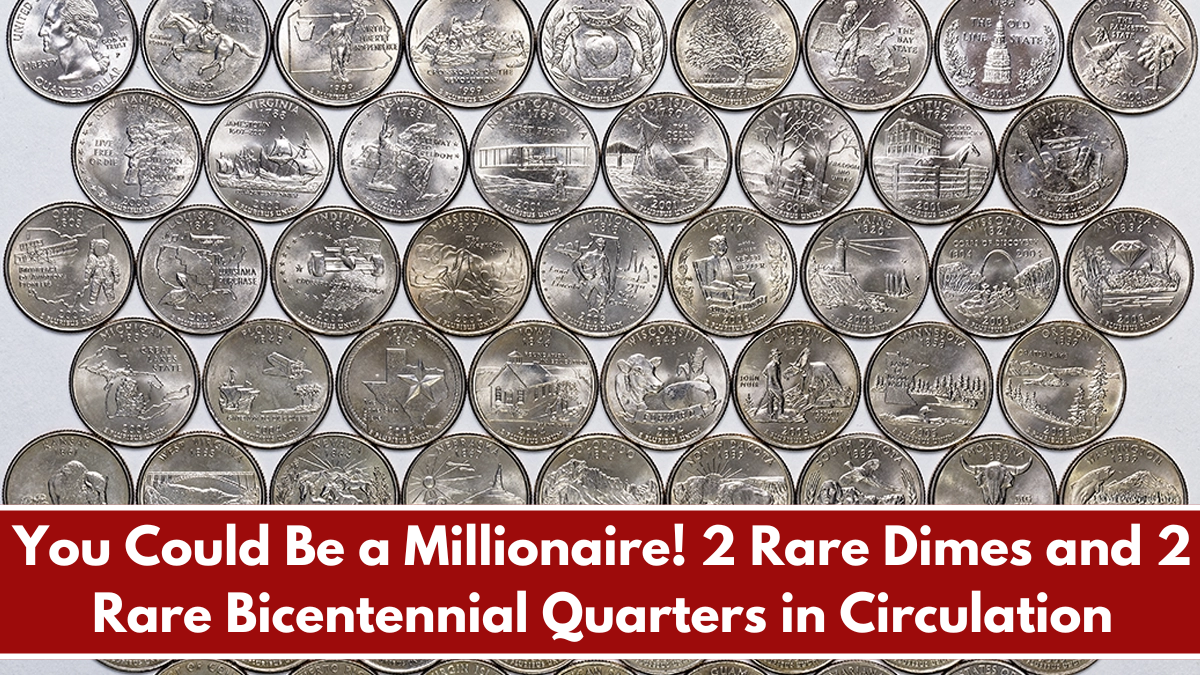Everyday pocket change could be worth more than you think. In fact, rare coins can often be hiding in plain sight, going unnoticed for years. While most of us don’t pay close attention to the dimes and quarters we handle, collectors know that certain coins can be worth a fortune. This article will guide you through 3 rare dimes and 2 Bicentennial quarters that might be hiding in your wallet—each of them worth significantly more than face value. Are you unknowingly carrying these treasures?
1916-D Mercury Dime
The 1916-D Mercury Dime is one of the most sought-after coins in the world of numismatics. With only 264,000 minted, its scarcity adds immense value. Coins in excellent condition have been known to sell for over $1.9 million at auctions, making it a top prize for collectors.
1942/1 Mercury Dime
The 1942/1 Mercury Dime is famous for its “overdate” error, where a faint “1” is visible beneath the “4” in the date. This rare feature makes the coin highly desirable among collectors, with some fetching prices over $100,000, depending on the condition.
1964 Roosevelt Dime (Full Bands)
The 1964 Roosevelt Dime with Full Bands refers to the sharply struck bands on the torch of the coin. Dimes with this detail are rare and can sell for thousands of dollars, especially when in high condition.
1976 Bicentennial Quarter (No Mintmark)
The 1976 Bicentennial Quarter, minted in honor of America’s 200th birthday, can fetch a high price if it lacks a mintmark. These rare error coins have been sold for hundreds of dollars.
1976 Bicentennial Quarter (Double Die)
Another variant of the Bicentennial quarter is the double die error, where certain design elements appear twice. This type of error can increase a coin’s value significantly, with high-quality examples reaching up to $1,000.
The dimes and quarters you handle daily could be worth much more than you realize. Collectors and dealers are always on the lookout for these rare coins, and with values ranging from hundreds to millions, it’s worth taking a closer look at your pocket change. You might just uncover a hidden fortune!
FAQ’s:
How can I identify a 1916-D Mercury Dime?
The 1916-D Mercury Dime has a small “D” mintmark on the reverse side, just below the olive branch.
What makes the 1942/1 Mercury Dime valuable?
It’s considered valuable due to the overdate error, where a faint “1” is visible under the “4,” making it a rare collector’s item.
What is the “Full Bands” feature on a 1964 Roosevelt Dime?
Full Bands refer to the sharply defined lines on the torch’s bands, indicating a high-quality strike and increasing its rarity.
Why are 1976 Bicentennial Quarters special?
These quarters were minted to commemorate the U.S. Bicentennial and feature unique designs. Error varieties, like double die or missing mintmarks, make them valuable.
Where should I sell rare coins?
You can sell them to coin dealers, at auctions, or through online platforms, but it’s recommended to get an appraisal first.
